Table of Contents
While growing up, my father would plant his small garden in our tiny backyard in New Jersey. We were the typical Italian family and harvested tons of tomatoes, eggplant, and other family favorites. During the summer, every Sunday was a feast carefully prepared by my 4-foot grandmother Anna.
Years have passed, and so have my beloved family members. Since then, my wife and I moved south and created our homestead in North Carolina. Now, I was the head of the family, and my role as a gardener began.
Unlike the rich black dirt I grew up weeding, it is red clay here. Not only does it tear up my carpets, but it is horrible for growing. Several years ago, I found the book “All New Square Foot Gardening.”
I fell in love with planting 4-foot raised beds. It seemed like the answer to my red dirt issue. I set out to the local hardware store and proceeded to build my raised garden beds.
Today, my backyard is filled with dozens of different-sized raised garden beds. My harvest is well-planned and bountiful. I painted my beds with non-toxic latex paint, and it lasted several years without rotting! Here are the plans I used to build my first few grow beds. Enjoy!
UPDATE 11/23/2015: Need some inspiration? Check out our latest post “12 DIY Raised Garden Bed Ideas”
How to Build a Raised Garden Bed

Materials
- (1) 2 in. x 10 in. x 16 ft. Kiln-Dried Southern Yellow Pine Lumber
- (2) 2 in. x 4 in. x 10 ft.
- (1) Box 2 1/2 Galvanized Screws
- Screw Gun
- Cordless Drill
- (1) Qt Non-toxic Exterior Latex Paint (Optional)
Step 1
Cut the 2x10x16 into 4 equal length pieces approx. 4′ long. Take into consideration that 1/16″ or so is lost from the blade.
Step 2
From each of the 2 2x4x10s, you will cut 2pc 4′ 1″ long and 2pc 9 1/2″ long.
Step 3
Assemble the boards as shown below. Make sure to alternate how they are placed so each side is even in length.
Step 4
Place the 4 short 2x4s in each corner and screw each board to them.
Step 5
Add the cap pieces and screw them down. Make sure to use a drill to make pilot holes to avoid splitting.
Varieties of Raised Garden Beds
There are three types of materials used for making raised garden beds- recycled plastic, textile fabric, and wood. Let’s take a look at each of them.
Recycled Plastic Raised Garden Beds
These make a perfect choice for urban areas as you don’t have to spend much time building them. Also, it has very less maintenance. These are made of non-toxic recycled plastic that does not harm the soil. Besides, it’s available in a wide variety of colors like dark green and old grey.
These beds are lightweight, resistant to warping, and easy to assemble. Here are some good examples of recycled plastic raised garden beds.
- Basic composite raised garden bed
- Durable recycled plastic raised garden bed.
Fabric Raised Garden Bed
They are relatively new and are circular and made up of woven geotextile or felted utility fabric. Here are some of its examples.
- 36” wide grow tub circular raised garden bed (Garden’s Alive)
- 400-gallon breathable fabric raised planting container (Root Pouch)
- Big bag bed fabric raised garden bed (Smart Pot)
Wooden Raised Bed
These are the most common as they are quite strong and resistant to rotting. Perhaps, Cedar lumber wood is widely used for making raised beds. Nothing complex, it’s just a wooden rectangular box lying on the ground in which you can fill up the soil and start growing.
Benefits of Raised Garden Beds:
- Raised garden beds demonstrate better water retention because water has a fixed area to spread. We utilize the entire area of the garden bed, and water evenly soaks into the soil.
- Fewer weeds are present in raised garden beds. Weeds need some conditions to thrive in the garden, and weeds can’t survive easily in raised garden beds.
- You can alter the pH of the soil as desired.
- Soil erosion can’t occur unless there is a crack in the boundary stacks.
- Raised garden beds remain warmer for a long time which is unfavorable for plants.
That’s it! You don’t have to spend that much time getting your garden up and running. Feel free to pass these plans on to friends. Here is an image of the raised beds I built a few years ago. Yes, the color is fugly, but I bought what was on clearance at Home Depot.
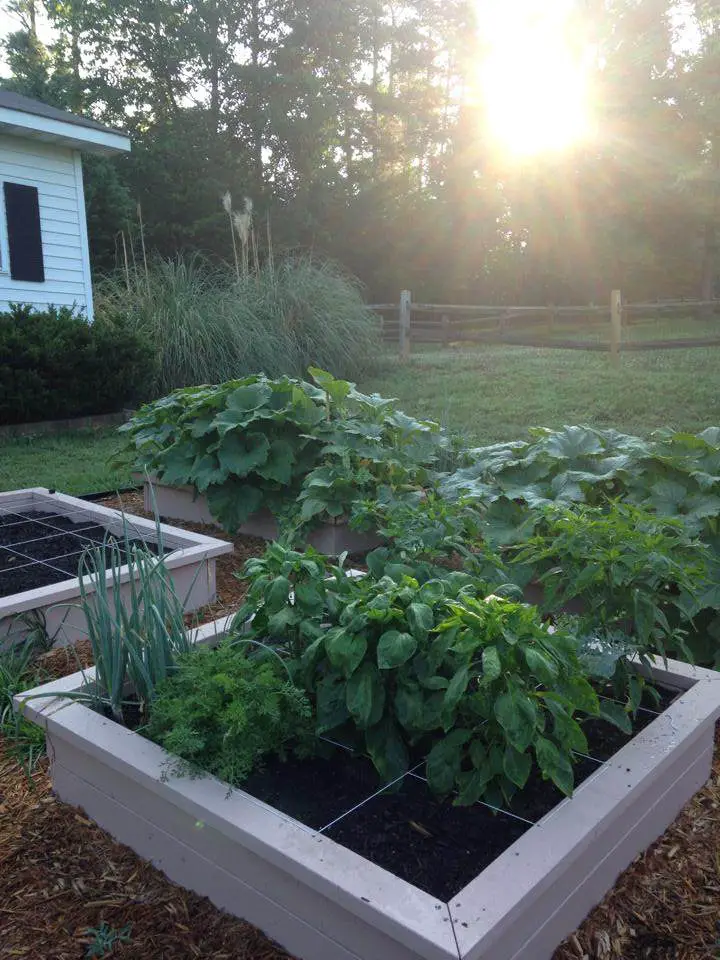


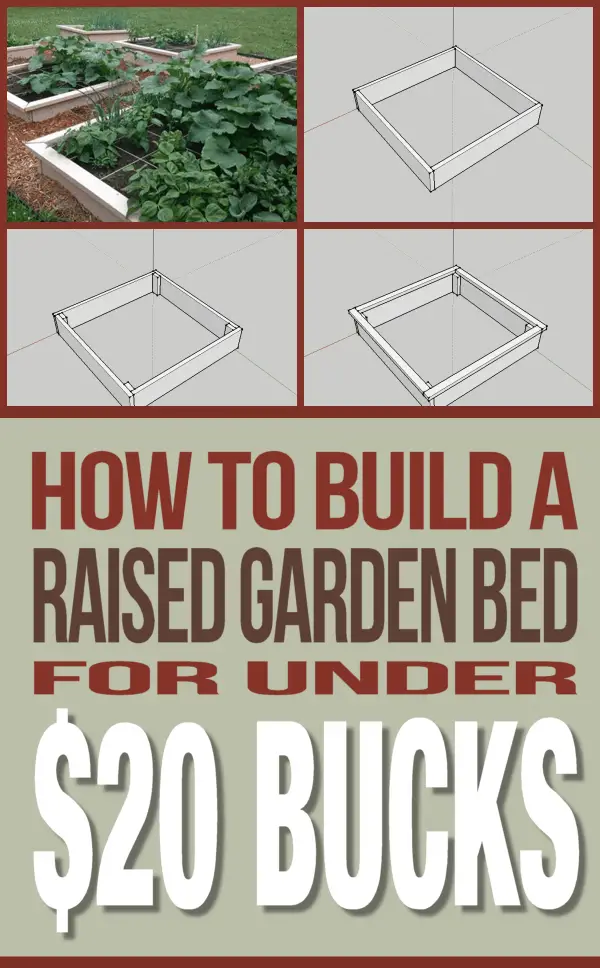
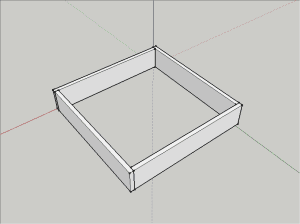
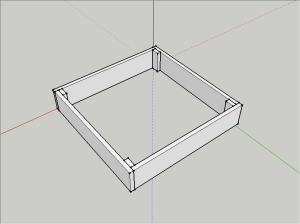


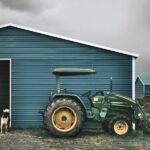
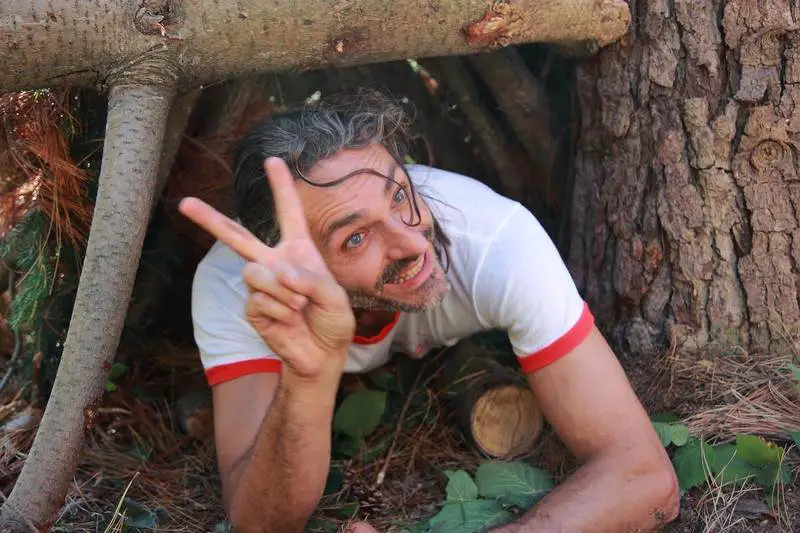
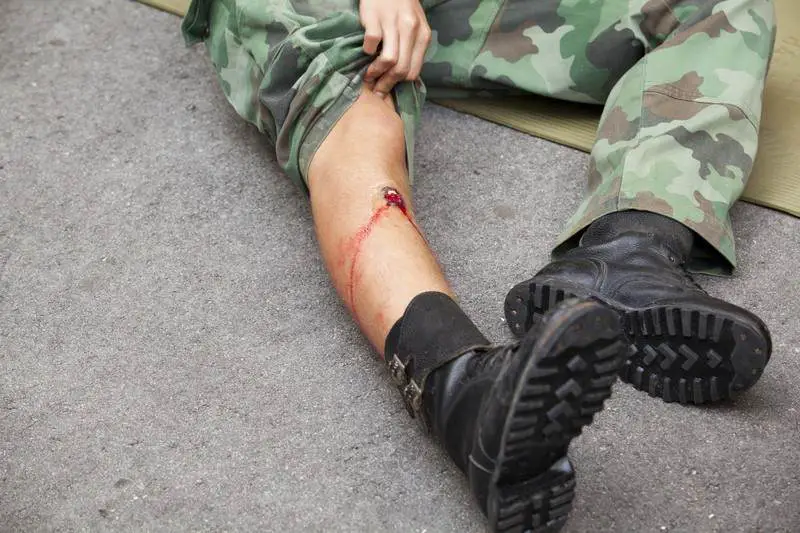
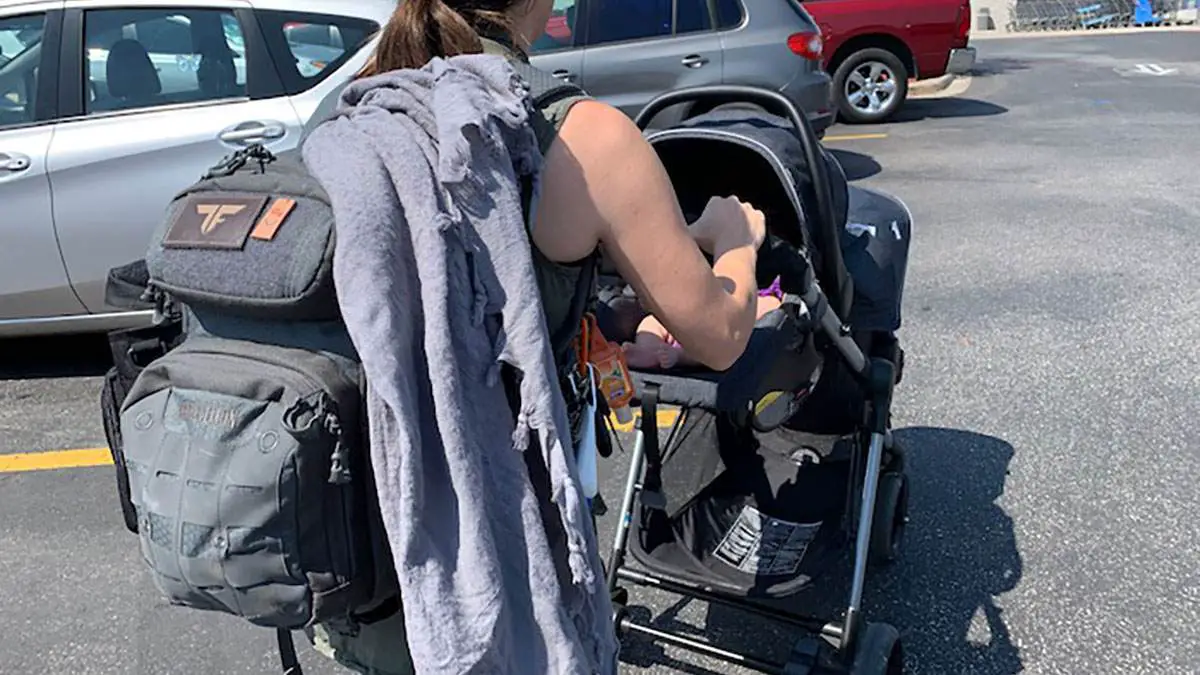
![[Tutorial] How to Build a Bug Out Bag Correctly [Tutorial] How to Build a Bug Out Bag Correctly](https://homesteadandprepper.com/wp-content/uploads/2015/02/disaster.jpg)

